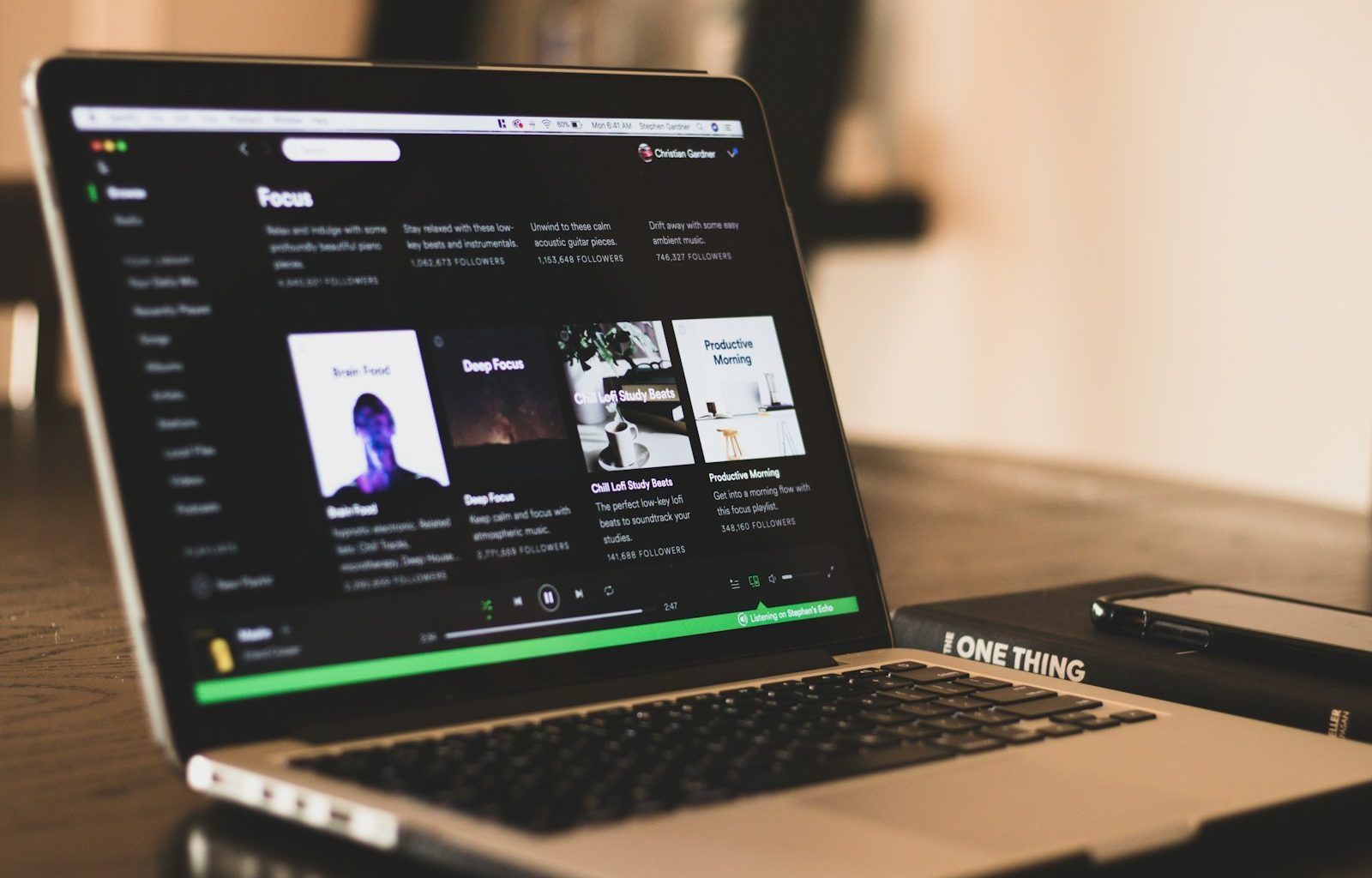In today’s music industry, Spotify has become a lifeline for artists. But how exactly do artists earn from Spotify? If you’ve ever wondered, you’re not alone. Many musicians and listeners are curious about how money flows in the streaming ecosystem. This blog will break it down in the simplest terms.
The Basics: How Spotify Works
Before diving into earnings, it’s important to understand how Spotify operates. Spotify is a music streaming platform that offers both free and premium subscription plans to users. Listeners can access millions of songs on demand, and artists get paid based on the number of times their songs are streamed.
Spotify generates revenue through two main sources:
- Ads: Free-tier listeners hear advertisements, and Spotify earns money from those ads.
- Subscriptions: Premium users pay a monthly fee for ad-free listening.
Artists earn from a pool of this revenue. However, the calculation is not straightforward.
What Are Royalties?
When people ask, “How do artists earn from Spotify?” the answer revolves around royalties. Royalties are payments made to rights holders every time their music is played. There are two main types of royalties:
- Recording Royalties: Paid to the recording owner, usually the label or independent artist.
- Publishing Royalties: Paid to the songwriter and publisher.
Every time someone streams a song on Spotify, these royalties are triggered. But here’s the catch: not all streams are equal.
How Much Does Spotify Pay Per Stream?
The big question everyone asks is: how much does Spotify pay per stream? The answer is complicated because it varies. On average, Spotify pays artists between $0.003 to $0.005 per stream. This means that for every 1,000 streams, an artist might earn $3 to $5. However, this figure depends on several factors:
- Listener’s Location: Streams from premium subscribers in high-income countries pay more.
- Subscription Type: Premium streams generate more revenue than ad-supported streams.
- Revenue Pool: Spotify’s total monthly revenue and the share allocated to music royalties.
It’s also worth noting that the payout is split among multiple rights holders, which brings us to our next point.
The Distribution of Spotify Earnings
When Spotify pays royalties, the money is divided among several parties:
- Spotify: Takes a significant cut to cover operating costs.
- Record Labels: Often receive the largest share.
- Publishers and Songwriters: Get a smaller portion.
- Artists: Receive the remaining amount, either directly or through their label.
For independent artists who own their music, the payout might be larger since they don’t have to share with a label. But for signed artists, a significant chunk goes to the label.
How Can Artists Boost Their Spotify Earnings?
The key to earning more from Spotify lies in increasing your streams and engaging your audience. Here are some actionable tips:
1. Optimize Your Spotify Profile
Your Spotify profile is your storefront. Make sure it’s complete and visually appealing:
- Use high-quality profile and banner images.
- Write an engaging bio.
- Add links to your social media and website.
2. Get on Playlists
Playlists are the lifeblood of Spotify. Getting your songs on popular playlists can skyrocket your streams. Here’s how:
- Submit to Spotify Editorial Playlists: Use Spotify for Artists to pitch your songs.
- Collaborate with Playlist Curators: Reach out to independent playlist creators.
- Create Your Own Playlists: Feature your music alongside similar artists.
3. Promote on Social Media
Social media is a powerful tool for driving traffic to your Spotify. Share snippets of your songs, behind-the-scenes content, and stories about your music to connect with your audience.
4. Engage with Fans
Engagement is crucial. Reply to comments, thank listeners for streaming your music, and create content that resonates with your fans.
5. Leverage Ads
Spotify Ad Studio allows artists to create audio ads promoting their music. This can help you reach new listeners and boost your streams.
The Role of Distributors
If you’re an independent artist, you’ll need a distributor to get your music on Spotify. Distributors like TuneCore, DistroKid, and CD Baby help artists upload their tracks and collect royalties. They usually charge a fee or take a small percentage of your earnings.
Challenges Artists Face
While Spotify offers opportunities, it’s not without challenges. The low per-stream payout means artists often need millions of streams to make a substantial income. Additionally, competition is fierce, with over 100,000 songs uploaded daily.
Additional Revenue Streams
Spotify should be part of a broader income strategy. Here are other ways artists can earn money:
- Merchandise: Sell t-shirts, posters, and other branded items.
- Live Performances: Earn from ticket sales and live shows.
- Crowdfunding: Platforms like Patreon allow fans to support you directly.
- Licensing: Use your music in commercials, films, and TV shows.
Conclusion: Maximizing Spotify Earnings
So, how do artists earn from Spotify? Through a mix of streams, strategic promotion, and additional revenue streams. While Spotify payouts might seem small, they can add up with consistent effort and fan engagement.
Whether you’re a new artist or a seasoned musician, understanding how Spotify works is key to making the most of the platform. Use this guide as your roadmap, and keep creating music that resonates with your audience.
Related Articles:
For further reading, explore these related articles:
- How to Cancel SoundCloud Go: A Step-by-Step Guide
- Apple Music Stats Tracker: Why You Need One and How to Get Started
For additional resources on music marketing and distribution, visit DMT Records Private Limited.





